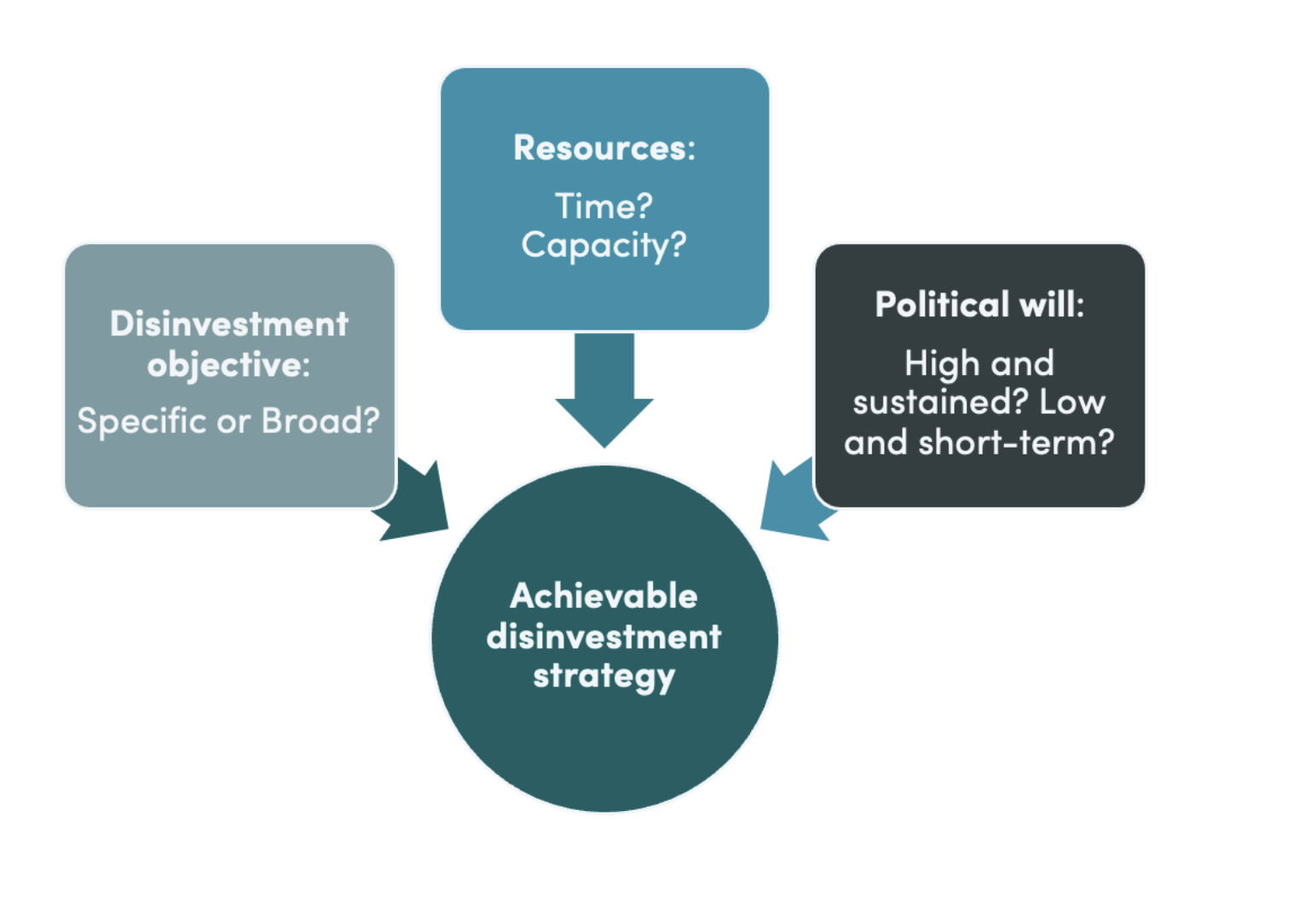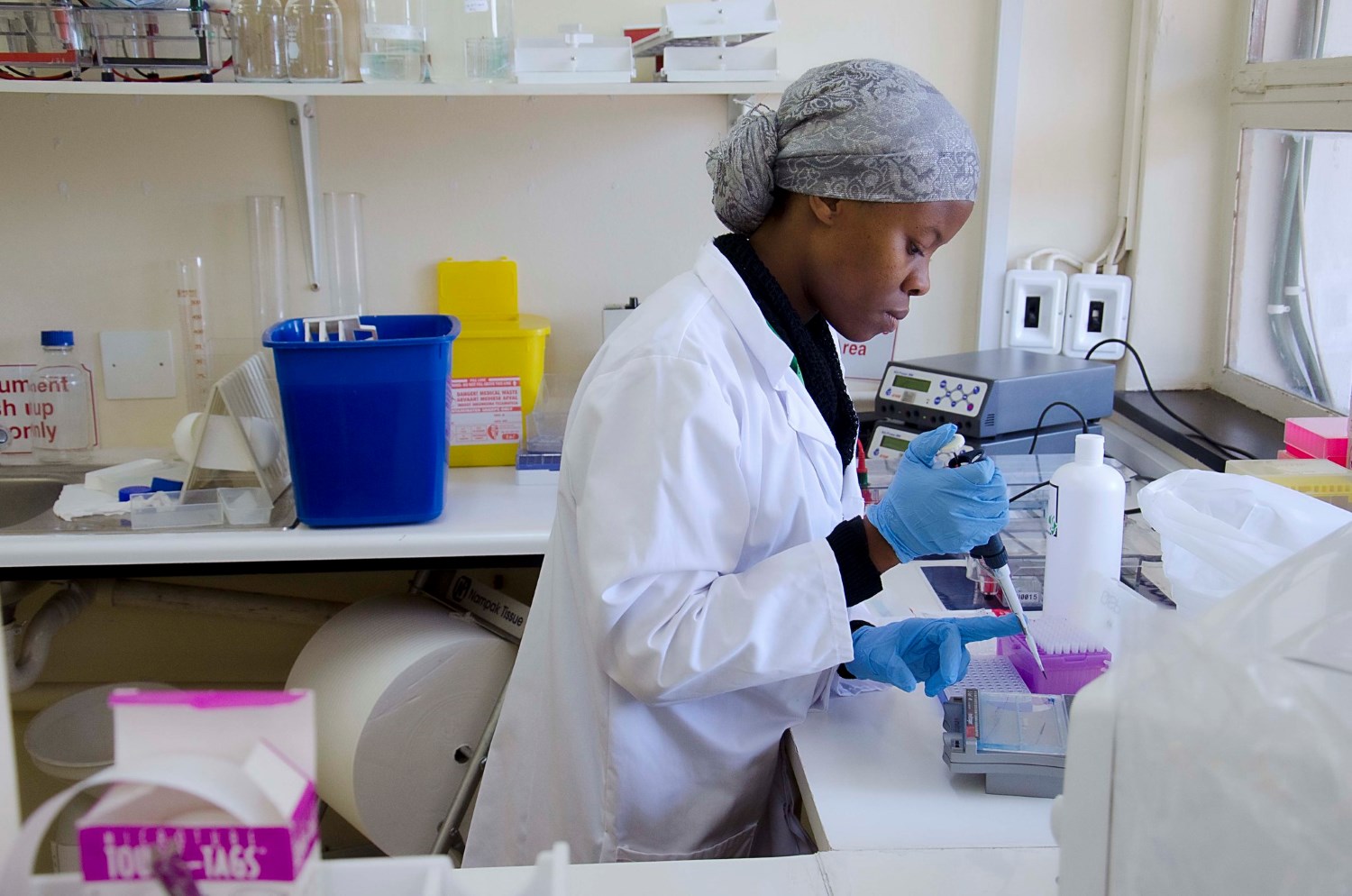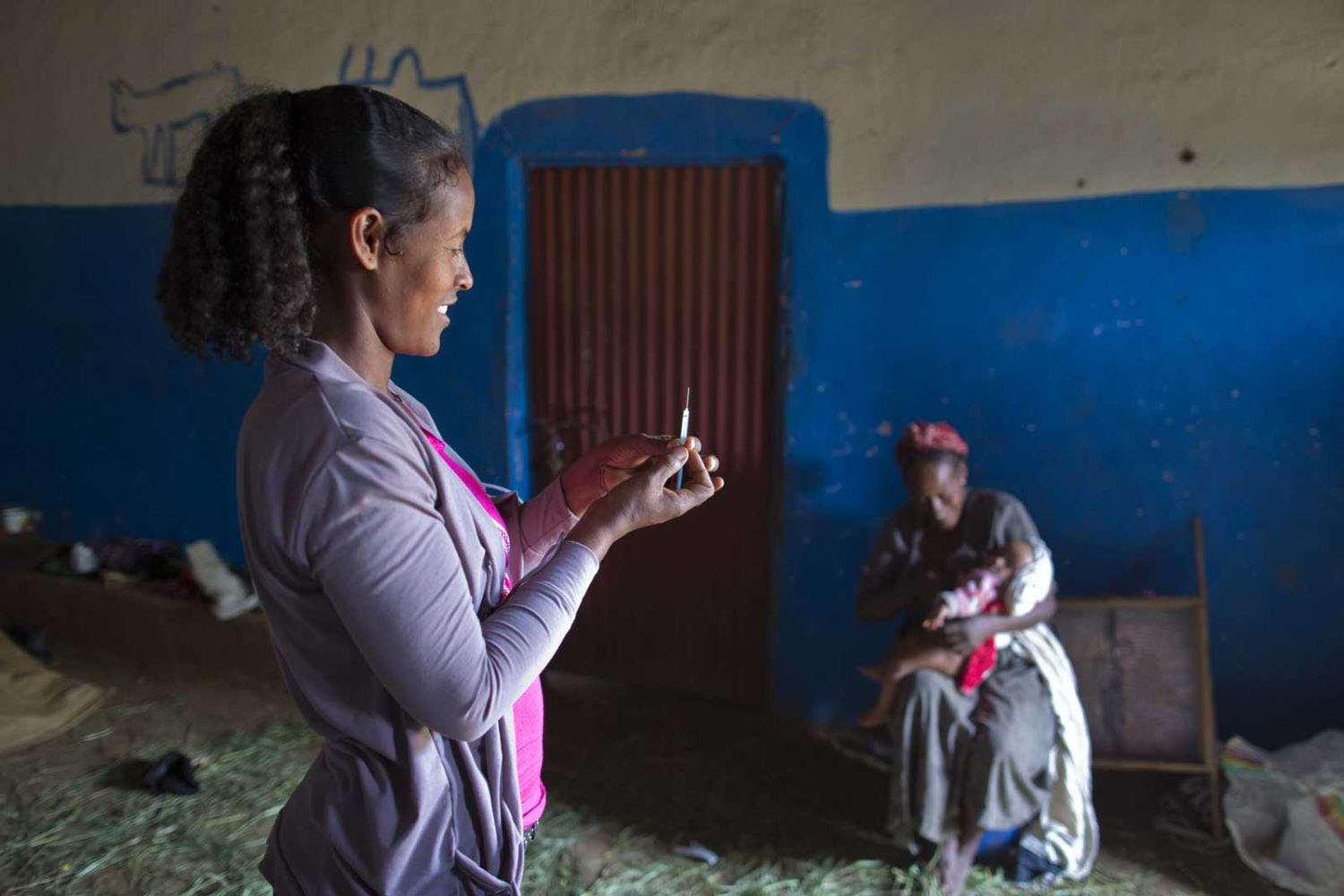COVID-19 has demonstrated that procurement processes are a vital part of the health system in rich and poor countries alike, helping to get lifesaving health products to those who need them most. Even before the pandemic, spending on health products was big money—both for low- and middle-income country (LMIC) governments and global health donors. Just 50 LMICs spend roughly $63 billion on health products each year, based on previous CGD analysis (see figure 1).
Despite this critical role, too often procurement falls short, making affordable high-quality medicines out of reach and jeopardizing health outcomes. The final report of CGD’s Working Group on the Future of Global Health Procurement spotlighted the implications of common breakdowns in national and international procurement systems: a high prevalence of more expensive branded generics compared to unbranded products; low competition and high barriers to entry in generic markets; and high and highly-variable prices for basic essential medicines. Against this backdrop, there is another worrying trend: as countries move from low-income to lower-middle-income status, the resource gap left by donors tends to be filled by households paying out of pocket—and spending on medicines becomes a leading cause of household impoverishment.
COVID-19 presents a compelling case for smarter procurement spending
The ongoing pandemic has disrupted production, purchasing, and distribution of COVID-19 supplies and other health products—and, in turn, exposed many long-standing challenges facing LMIC procurement systems. The unprecedented fiscal shock and steep decline in revenues is also putting enormous pressure on the spending ability of LMIC governments, donors, and households. As a result, the economic fallout coupled with higher health resource needs and uncertainty around future levels of development assistance threatens countries’ efforts to achieve Universal Health Coverage (UHC) by 2030.
Within this context, there is a compelling case to use existing health resources more efficiently. And when it comes to health system strengthening, procurement is one of the few tangible quick wins. Smarter spending can help stretch scarce resources further and enable LMIC governments and donors to protect access to essential health products and services. Strengthening procurement will also enable LMIC governments to extend health coverage and provide financial protection to more of their citizens. This will not only help safeguard progress towards UHC for all but is also critical to ensure health systems are more resilient to the next outbreak.
Potential savings from improving procurement of health products could be sizeable
In a new paper, co-authored with Mead Over and Alex Jones, we take a first stab at calculating the potential range of savings that could be realized from improved procurement, building on the data and analysis that underpinned CGD’s Working Group on the Future of Global Health Procurement. We ran simulations of three different, but complementary, approaches to procurement reform: centralizing public sector procurement at the national level; switching to unbranded generics; and benchmarking prices to reduce variability of prices for generic health products.
Our overarching takeaway from this exercise is that the potential savings from improved procurement could be sizeable. We find that 50 of the poorest LMICs could save as much as 16 to 41 percent of the $63 billion in total spending on health products across the government, donor, and private sectors. This represents annual recurrent savings ranging from $10 to $26 billion. Taken together, these findings provide a rough estimate of the amount of resources LMICs governments, with support from development partners, ought to be willing to invest to improve procurement systems.
The table below provides a breakdown of savings achievable from each of the reforms separately, as well as the net savings from implementing all three and theoretically accounting for potential overlap.
Estimated range of net savings from implementing the three proposed procurement reforms
|
Reform type
|
Lower savings estimate
(US$, billions)
|
Upper savings estimate
(US$, billions)
|
|
1. Centralizing public sector procurement at the national level
|
1.0
|
3.9
|
|
2. Benchmarking prices to reduce the variability of prices for generic health products
|
2.9
|
10.7
|
|
3. Switching to unbranded generics
|
10
|
20
|
|
Sum of savings from separate reforms
|
13.9
|
34.6
|
|
|
|
|
— Policy overlap
|
— 3.4
|
— 8.3
|
|
Net savings
|
10.5
|
26.3
|
Note: “Policy overlap” is defined here as the price reductions for transactions due to one reform that would be likely to occur as a result of another reform if both were simultaneously implemented. For more details, see the full paper.
We caution that these calculations are very much intended to be illustrative and serve as a first pass at potential savings that LMICs could theoretically achieve from improving procurement of health products. Importantly, the exact combination and sequence of reforms—and the precise magnitude of realizable savings—will necessarily differ from one country to the next. We also acknowledge that implementing procurement reforms is contingent on overcoming complex political economy dynamics and institutional challenges—which may mean that savings at the lower end of the spectrum are more realistic.
Several caveats on the data also apply (more details are in the full paper). It is hard to overstate how much the information on health product markets in LMICs is scarce, outdated, and incomplete, which makes it difficult to compute precise estimates of savings. With this in mind, these findings are based on several underlying assumptions about the size and composition of LMIC health product markets. Due to limited access to detailed data, we also had to extrapolate from a smaller basket of health products in a smaller sample of countries to a broader set of health products in 50 of the poorest LMICs (with a population over 10 million).
An opportunity to expand health coverage and make health systems more resilient to the next outbreak
Ultimately, governments can apply the savings to expand health coverage and financial protection to more of their citizens, thus accelerating progress towards UHC. Our back-of-the-envelope calculations suggest that $10 to 26 billion in savings from improved procurement could help cover approximately 132 to 344 million people (the upper range is approximately equivalent to the population of Nigeria, Ethiopia, and Ghana combined) with an essential UHC package as defined by the Disease Control Priorities project.
While this exercise highlights the possible range of savings, we recognize that there is more work to be done to figure out how these savings could be realized in different contexts. This will require identifying, piloting, and testing different purchasing arrangements including pooled procurement mechanisms; approaches to improve regulation and quality control systems; and ways to reduce barriers to entry and increase competition in generic markets, among other efforts.
One critical step is investing in more accurate, timely, and complete information on the manufacturing landscape, product quality, volumes, and prices. This will contribute to greatly improving the overall workings of the market, empowering governments to become smarter buyers, and improving access and affordability. Our analysis reinforces this message: investing in routine data systems for buyers can help realize some of the potential savings (stay tuned for forthcoming CGD analysis on the need for better data in the context of COVID-19-related disruptions).
Conclusion
Paving the path to realizing these savings will require investments from LMIC governments and donors to address long-standing procurement challenges. For now, we hope this initial analysis helps nudge them to double down on concrete commitments. Improving procurement systems must remain central to countries’ efforts at a time when greater efficiency and prioritization of health spending—rather than new resource flows and economic growth—will drive badly-needed healthcare investments. Doing so will also ensure health systems are better prepared to respond when the next outbreak hits.
CGD blog posts reflect the views of the authors, drawing on prior research and experience in their areas of expertise.
CGD is a nonpartisan, independent organization and does not take institutional positions.






